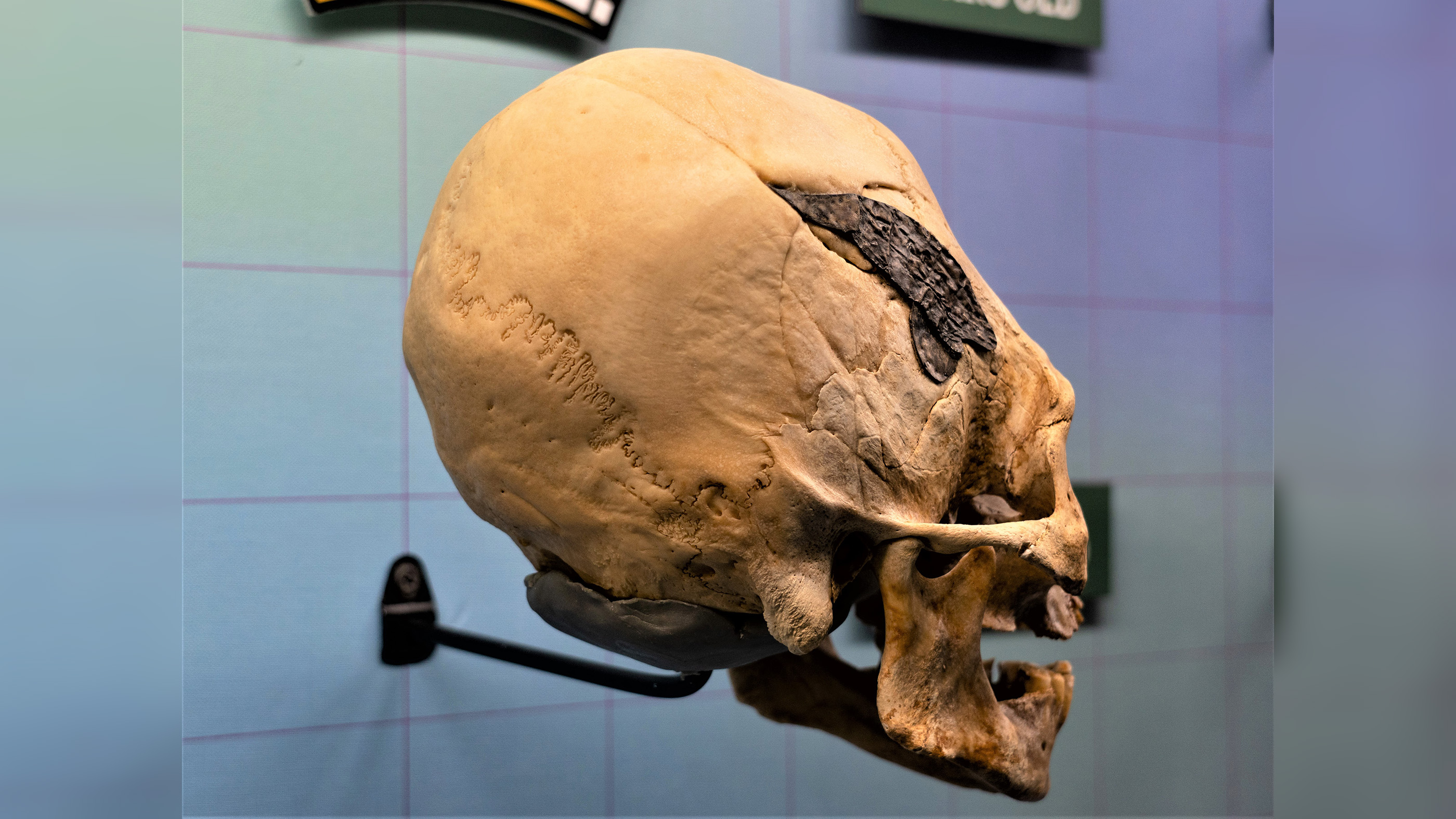Nihohae matakoi’s tusk-like teeth suggest adaptive advantages for horizontally procumbent teeth in ancient dolphins.
Nihohae matakoi lived during the Late Oligocene epoch, approximately 25.2 million years ago.
This extinct dolphin had a long rostrum and symmetrical, conical, procumbent tusk-like teeth.
“The diversity of body sizes and feeding strategies in living odontocetes (toothed whales and dolphins) ranges from the giant, deep diving suction feeding sperm whales to small raptorial dolphins,” said University of Otago paleobiologist Ambre Coste and her colleagues.
“A variety of feeding apparati have been associated with this diversity since the origins of odontocetes in the Oligocene epoch.”
“Changes in polydonty, monophyodonty and heterodonty, including the presence of tusks, illustrate some extreme modifications of teeth in cetaceans.”
“In living cetaceans, true tusks are found in narwhals (Monodon monoceros),” they added.
“Their canines are highly modified with the most common presentation being the left canine erupting as an ever-growing tusk in males.”
“Narwhal tusks have been suggested to be used to disturb or pierce prey, to open breathing holes in the ice, as defense weapons against predators, or for sexual display.”
Skull of Nihohae matakoi in (a) dorsal, (b) ventral and (c) lateral right views, coated with sublimed ammonium chloride, overlaid with line drawing. Image credit: Coste et al., doi: 10.1098/rspb.2023.0873.
The fossilized remains of Nihohae matakoi were collected in 1998 from a block below the North-West face of Island Cliff, Awamoko Valley in North Otago, New Zealand.
The type specimen is a relatively complete skull with unusually long and procumbent teeth, including all incisors and canines.
“The tusk-like teeth are long, single rooted, procumbent, ranging in length from 8.2 cm to over 11.2 cm,” the paleontologists said.
“The upper incisors are large tusk-like teeth modified and harbored in the premaxilla, anterior to the suture with the maxilla.”
“Among the loose tusk-like teeth, the root is about twice the length of the crown.”
“The most complete root is 8.2 cm long and the longest and most complete crown is 4.4 cm high.”
“The widest diameter of a tusk-like tooth is 1 cm, measured where the root is inflated below the crown.”
“The enamel is textured with apicobasal ridges on both the lingual and labial surfaces of all the teeth.”
According to the authors, the skull morphology of Nihohae matakoi provides insight into feeding behaviors of the species.
“Our results suggest Nihohae matakoi was a raptorial feeder which consumed its prey after limited shearing or mastication,” they said.
“The absence of wear or pits/scratch marks on the enamel surface suggests it is unlikely teeth were used for sifting through or moving substrate to find prey.”
“The delicate nature of the tusk-like teeth in Nihohae matakoi suggests they were not used for intraspecific combat or for fending off predators; this would require robust teeth.”
“Such combat/defense uses would probably result in prominent fractures without reinforced teeth.”
“A sudden need for defense could however explain the broken second incisor in the specimen.”
The team’s paper was published online June 14 in the Proceedings of the Royal Society B.
_____
Amber Coste et al. 2023. A new dolphin with tusk-like teeth from the late Oligocene of New Zealand indicates evolution of novel feeding strategies. Proc. R. Soc. B 290 (2000): 20230873; doi: 10.1098/rspb.2023.0873
Note: This article have been indexed to our site. We do not claim legitimacy, ownership or copyright of any of the content above. To see the article at original source Click Here















